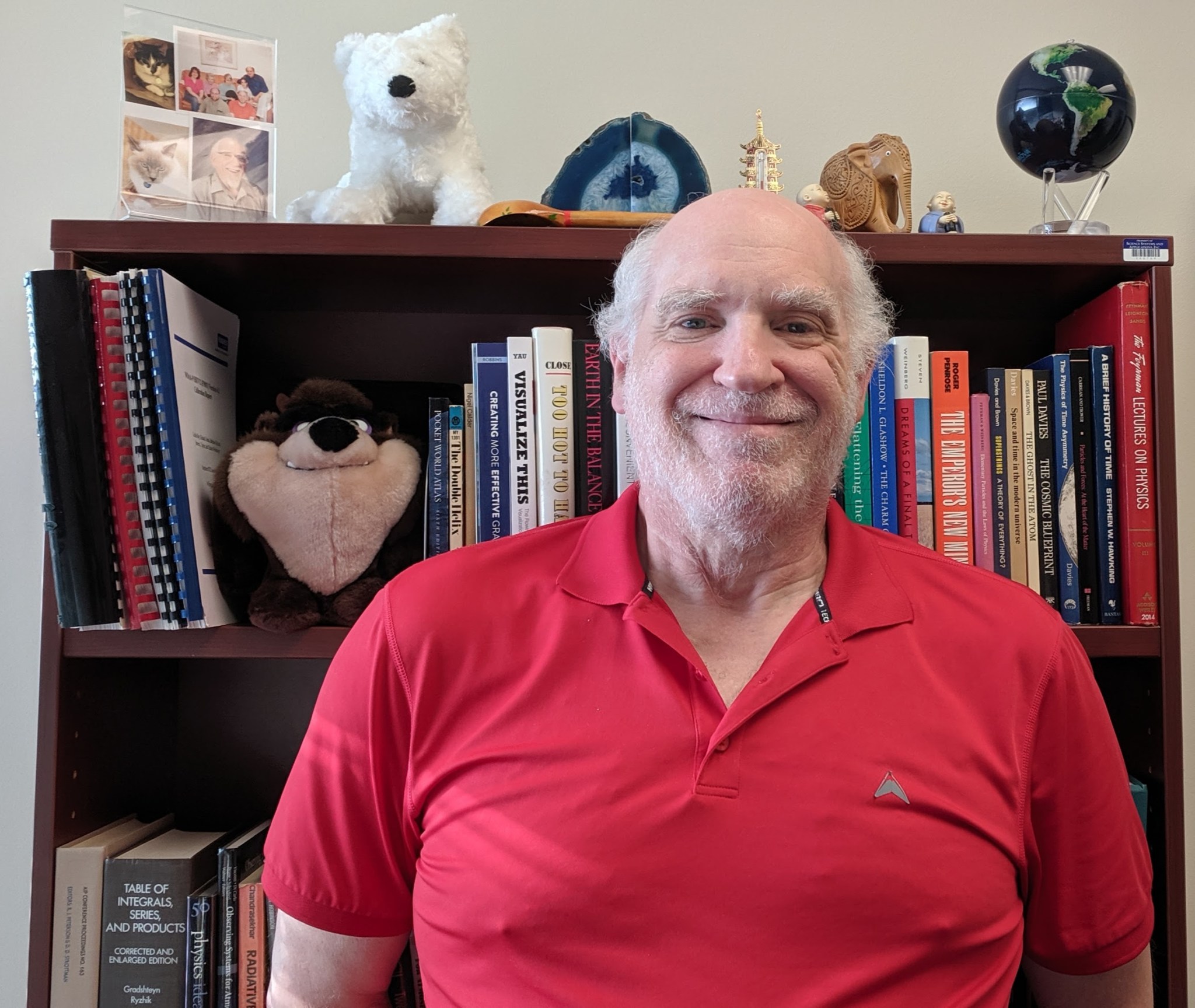Name: Colin Seftor
Title: Atmospheric Scientist
Formal Job Classification: Research Task Lead
Organization: Code 614, Atmospheric Chemistry and Dynamics
What do you do? How do you support Goddard’s mission?
I help maintain calibration of satellite sensors and monitor and measure ozone.
What this means is instruments send data to Earth, we look at that data, and we compare it to other data to see if the sensors have degraded. If it has degraded we fix the sensors so we can keep the quality of the data so we can keep an accurate long-term record of the ozone. This ozone record is about 40 years long.
What is the most interesting thing about your job?
The primary responsibility for the sensors is measurement of ozone. As with any equipment though, we can measure other things too. One of the interesting things about this job is figuring out what else we can use the sensors for. The interesting part for me is I come in in the morning and I look at this data and I make a global picture of it. I can see the smoke and the big Sahara dust storms. I think when I get in and I look at the data I am probably the first one to see that information and I think that’s pretty neat. The same is true for ozone. I get to come in and look at how much the ozone has been depleted and I may be the first to see that. Whether its ozone or smoke or dust, it’s pretty neat.
Why is the Tasmanian Devil your alter ego?
I’m a very intense person. He’s always wound up and in a frenzy and I get like that. I keep telling myself that I’ve mellowed out with age but every so often I tend to disprove that.
Why did you become a physicist?
My oldest brother got his bachelor’s degree in physics so that was what piqued my interest initially. In high school I was just kinda poking around, not really sure what I wanted to do and I ended up taking a physics course and found it interesting. Then there was this one particular book on particle physics that really got me pushed down this path. So I got my undergraduate degree from UCLA and I kept going.
How did you end up in the D.C. area?
While I was an undergraduate and getting my master’s I worked for a group that was doing experiments in particle physics. I kept my hand in particle physics with that group while I was working with UCLA. There was a post-doc on that team and I started talking to him a lot about the future, about life. He ended up getting a job as a professor at The George Washington University, and I ended up following him out here and becoming his graduate student. I got my Ph.D. and have been in the area ever since. If you asked me when I got out if I would still be in the area 30 some years later I would’ve said “nope.”
What is your most important lesson learned?
Persistence. You just have to keep after stuff. When I got my master’s degree I got burned out and it was a mutual parting of the ways. You just have to keep working at things. I tend not to give up on a problem.
What are your hobbies outside of work?
I have two cats so my cats take up most of my time, as cats do. My hobby is staffing for my cats.
By Christina Mitchell
NASA Goddard Space Flight Center




























